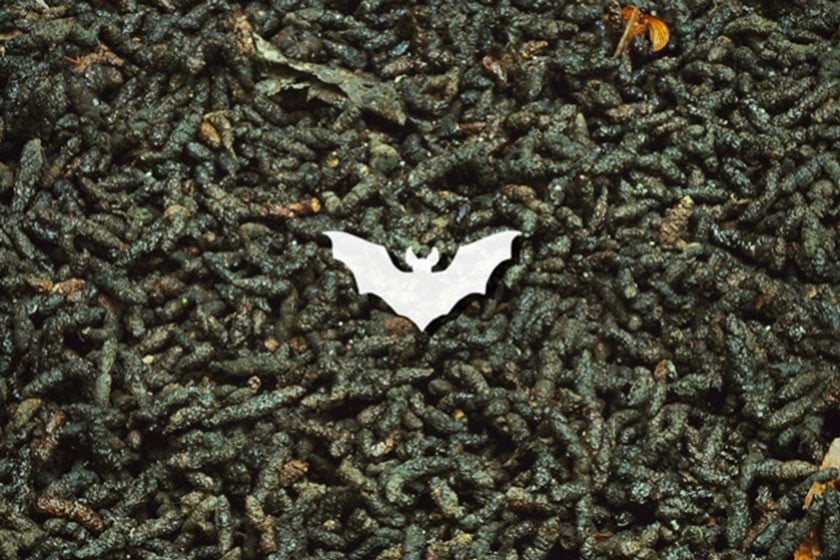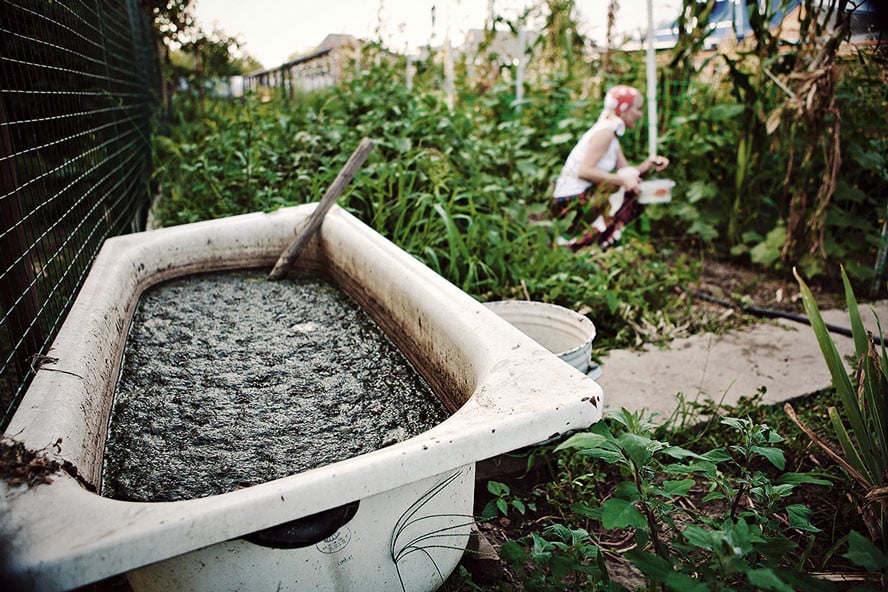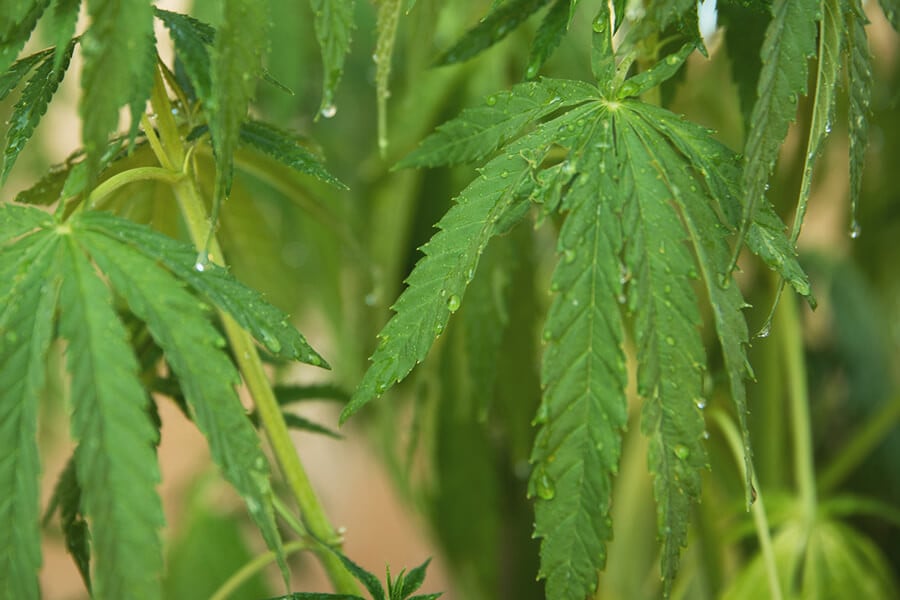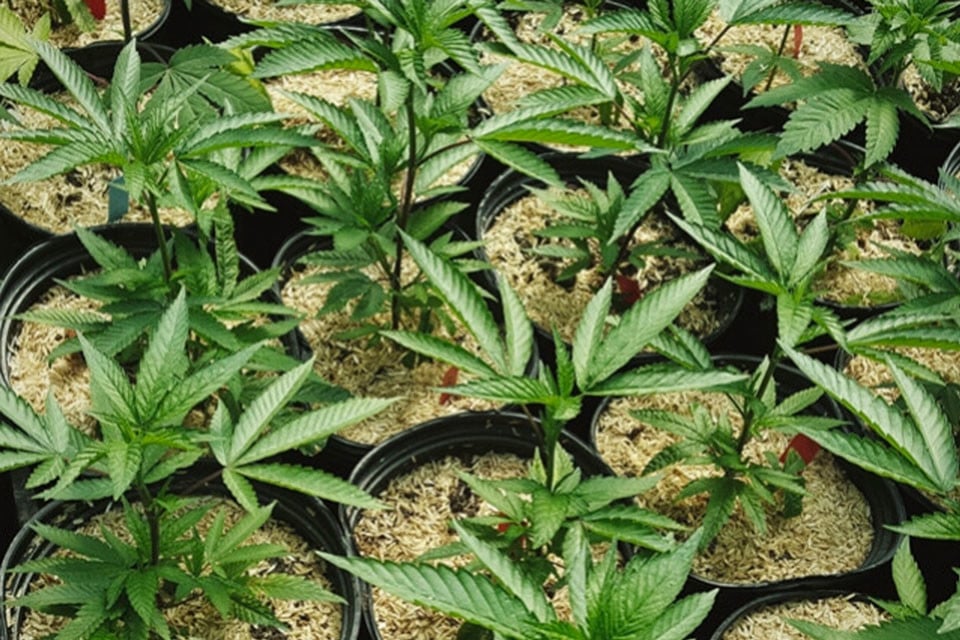.

How To Make Homemade Compost For Your Cannabis Garden
Composting is a cheap and effective way to provide your cannabis garden with a constant supply of nutrients, keeping the soil and its resident microorganisms in great health.
The key to growing high-quality cannabis outdoors is healthy soil. Soil is the medium from which plants extract their nutrients, enabling them to grow, survive, and thrive. However, the soil doesn’t hold an infinite amount of nutrients. Over time, as more plants are grown within the same spot, nutrients are depleted from the soil.
Composting is an excellent way to put nutrients back into the soi[1]l. Not only does composting save you money when it comes to buying fertilisers, but it also comes with the satisfaction of knowing exactly what went into it. Composting at home is not an expensive act. High-quality compost can be made up of food scraps, kitchen waste, and gardening byproducts such as trimmings, weeds, and woodchips.

WHY YOU SHOULD COMPOST
Composting is a cheap and effective means of keeping your cannabis garden in tip-top shape. The soil isn’t merely a bed of nutrients, it’s an entire living ecosystem that serves as a habitat for many different lifeforms. Beneficial microorganisms live within the soil that work with cannabis in order to protect it and help it grow.
Predatory nematodes[2] can work to defend plant roots against parasitic nematodes[3], whereas mycorrhiza form a symbiotic relationship with plant roots, helping them break down organic matter into digestible nutrients. Microorganisms in the soil can make the difference between good cannabis and amazing cannabis. The key to their presence is rich, healthy soil, which can be created by applying compost!
Compost serves as a natural slow-release fertiliser, which doesn’t run the risk of burning plants like chemical fertilisers do. The presence of compost in soil also helps to improve its texture and boost air circulation. Ultimately, compost introduces large quantities of nutrients into the soil that increase plant size and yield.
HOW TO START COMPOSTING AT HOME
Building a compost bin is the first port of call when starting to compost at home. These can either be purchased or easily built out of scrap materials such as non-treated wood pallets. Bins with lids that retain moisture will help the compost to break down faster.
Place your bin within an area of the garden that receives nearly uninterrupted shade. This will provide the microorganisms that break down the compost with the optimal working conditions. Situate your bin on top of a natural surface like grass or soil, if possible, to allow for adequate drainage and microorganism access.
Introducing a second bin or bucket into your kitchen is also a great idea. Food scraps can be put directly into it, and it can be emptied into the outdoor bin when full. All kinds of food scraps and kitchen waste can be placed into this bucket, from egg shells and vegetables to tea bags and bread crusts.

STRIVE FOR THE CORRECT BALANCE
It’s important to try and balance out the type of material that you place into your compost bin. This will ensure that the bacteria and microorganisms that break down the compost have an optimal environment to function in.
There are two main categories of material that make up compost[4]. The first category is known as green material, which can include grass clippings, green leaves, and fruits and vegetables. The second category is known as brown material, which can be made up of woodchips, dead leaves, paper, cardboard, and straw.
MAINTAINING YOUR COMPOST HEAP
Compost heaps don’t require too much work; for the most part, they can be left to the will of the microorganisms. However, turning the heap from time to time does help to speed up the process.
Use a pitchfork to turn your compost every few weeks. This helps to aerate the matter, which is required for the materials to decompose.
Your compost will be ready to use after a period of between 6 months and 2 years[5]. Although this is indeed a long time, your cannabis crop will thank you for the dedication. They will certainly return the favour in the form of large yields and potent flowers.

POTENTIAL PROBLEMS
Compost can sometimes turn slimy and emit an unpleasant smell[6]. This is a symptom of not enough air and too much water present. Shelter your heap from rain and be sure to regularly turn it.
The opposite of this state can also be a problem. When the heap becomes too dry, little decomposition is occurring. If this happens, add more green material to the mix.
USING WORMS IN COMPOSTING
Worms are employed by some gardeners to convert mainly kitchen waste into potent compost and liquid fertiliser. These scraps are added into a worm bin, a bin consisting of two compartments. The upper compartment is where the worms work to compost organic material, and the lower compartment serves to collect the refined compost. Worm compost is not a replacement of conventional compost, but rather serves to further boost the nutritional value of your compost.
pH value and moisture levels need to be monitored closely when composting with worms.
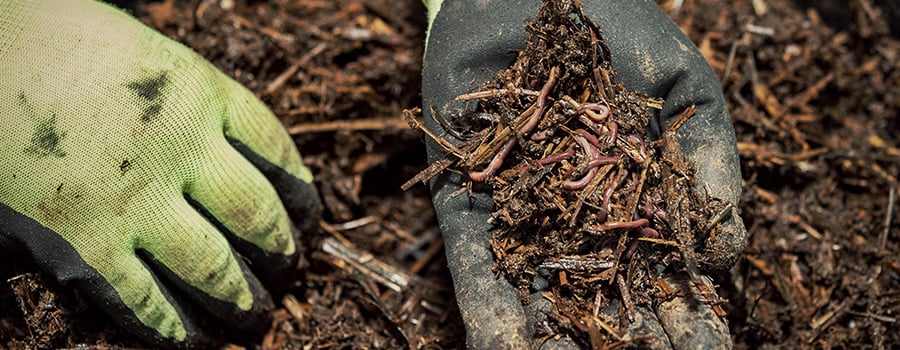
Looking to grow smarter? Download our guide for essential tips to boost your garden's potential!
Free RQS
Grow Guide!

COMPOST TEA
Compost tea[7] is an easy and effective way to apply compost nutrients to your cannabis plants. Compost tea can be used as a foliar spray, which helps plants to fight diseases. It can also be applied directly to the soil itself.
The following compost tea recipe was created by soil biologist Dr. Elaine Ingham of Soil Foodweb Inc. To start the process, aerate 95 litres of water to remove the chlorine content. Then, proceed to add 2 teaspoons of humic acid solution, which can be extracted from your own supply of compost.
Mix 2 tablespoons of humic acid into 2 cups of water, then add into the tea. Mix ½ cup of kelp with 5 cups of water, then add this mixture to the tea. Next, obtain 2kg of high-quality compost and add it to the mix. This compost will provide the tea with beneficial microorganisms, such as nematodes and fungi.
- https://www.sciencedirect.com/science/article/abs/pii/S0956053X17309546
- https://www.researchgate.net/publication/222544518_A_review_on_the_role_of_predatory_soil_nematodes_in_the_biological_control_of_plant_parasitic_nematodes
- Frontiers | Biological Control of Plant-Parasitic Nematodes by Filamentous Fungi Inducers of Resistance: Trichoderma, Mycorrhizal and Endophytic Fungi https://www.frontiersin.org
- https://ecommons.cornell.edu/server/api/core/bitstreams/a9d9ff5c-3355-4ff7-844a-eca43992864f/content
- In situ degradation of biodegradable plastic mulch films in compost and agricultural soils - PubMed https://pubmed.ncbi.nlm.nih.gov
- https://www.researchgate.net/publication/233230625_Factors_Affecting_Take-up_of_and_Drop-out_from_Home_Composting_Schemes","file:///C:/Users/Marta/Downloads/Th%C3%A9%20de%20compost.pdf






























